Class of 2019 | armghana@wharton.upenn.edu
Workfusion, an artificial intelligence startup focused on improving company’s back-end operations, recently raised $35 million of funding. Led by Georgian Partners with support from existing investors Mohr Davidow Ventures, iNovia, Nokia Growth Partners (NGP), Greycroft and RTP Ventures, the series D round brings the grand total raised by Workfusion to $71 million.
The New York-based company combines AI with machine learning, seeks to revolutionize enterprise operations. Founded in 2010 by Max Yankelevich and Andrew Volkov in the MIT computer science lab, Workfusion’s earliest capability used a combination of human-in-the-loop information and statistical quality control to train AI to identify fraud in online financial transactions. From this endeavor emerged one of the company’s core principles: machines make people more accurate and productive, and vice versa.
Dubbed “software robots,” Workfusion’s bots are able to learn from experience, allowing customers to automate the manual work of integrating Citrix, Oracle, SAP and other core systems; it eliminates the work of entering credentials, navigating application UIs, and performing core systems functions, and thus makes for more efficient operations for firms in data-intensive industries such as financial services and healthcare. Another function distributes tasks to employees with expertise in the area of question, facilitating more efficient problem-solving.
At the end of January, Workfusion launched the world’s first free RPA (robotic process automation) product for enterprise operations, WorkFusion RPA Express, stating that its purpose is to “accelerate the digital transformation of work.” The RPA is not simply a trial version, but a completely free and standalone product that can do a number of functions on its own. Clearly, Workfusion is hoping to both disrupt the RPA industry and encourage users to first try the RPA and then purchase the SPA (service product automation) for their more complex needs. Certainly a bold move, but it remains to be seen whether it is a wise one.
Having recently added a new regional headquarters in Noida, India, in November, Workfusion is looking to expand further in 2017. Adam Devine, vice president of marketing, said Workfusion is looking to open in London midway through 2017 and in Singapore soon after, to capture the fast-growing Asian market. It will certainly be interesting to see how Yankelevich and Volkov manage to expand and the ways in which AI will change the information industry.
On a broader note, it is both fascinating and frightening to see what the workplace of the future will look like; it could very well be an ideal, computerized, efficient workspace with not a moment wasted or a problem left without a solution for very long—but the larger question remains: do we truly wish to live in such a world? And what does our trend towards the exhaustive analysis of our surroundings reveal about us? We have labored for centuries to pinpoint, measure, and explain every phenomenon we come across, always heralding our efforts as bringing us to the brink of fully understanding our world—but as any researcher will tell you, for every discovery we manage to quantify and decipher, a dozen additional mysteries emerge. And as Bridgewater Associates attempt to code Ray Dalio’s brain into an algorithm for the fund to rely upon after he is gone and McDonald’s responds to workers on strike by rolling out an automated menu, one cannot help but ask: why do we keep on trying to create the dystopian future we so love to watch on the silver screen?
Apart from the larger philosophical discussion on our increasingly technology-dependent lives and how they reflect our values, there are the practical effects that accompany such developments. Along with automation comes a greater need for active work that calls for critical thinking, forcing one to envisage the role and responsibilities that a typical job in 2050 will consist of. In that same vein, one must then begin to conceive of the nature of the educational system and the requirements to be an employed, productive member of society, especially in the context of today’s environment requiring a university degree for virtually every career. On a larger note, one must consider what the world will look like for the larger global population—many of whom do not even have the skills to compete today. Oxfam recently reported that the world’s 8 richest individuals have as much wealth as the bottom 50%. Coupled with economist Thomas Piketty’s conclusions about capitalism’s natural creation of inequality (disrupted in the United States only by the Great Depression and World War II), we can clearly discern the economic direction in which our world is moving. The presence of such automation technology could potentially create the utopia we have always dreamed of—but probably not universally. The distribution of resources and the power dynamics between countries (or corporations, depending on how the political/economic structure of the world evolves) could sharpen further and the standard of living of the poor, while rising overall, will probably never reap the real benefits of these advancements.
Of course, nothing I have said here is set in stone, or even likely to occur. These are just the thought processes needed to consider the impact our innovations have on our lives (and perhaps still be able to nab a job a few decades from now).
The fate of our world is akin to a coin resting on its side—a touch away from utopia, a slight tap away from dystopia. We have read Gulliver’s Travels and we have seen Black Mirror. What kind of a push will we give it?


